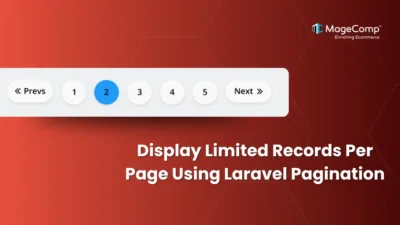Laravel Telescope is a powerful debugging assistant for Laravel applications. Telescope provides extensive information about your application’s incoming requests, database queries, log entries, queued jobs, etc.
Telescope gives developers insight, real-time data, and information about the performance and possible issues in their Laravel applications to improve the way they monitor, and optimize such applications.
Installation Command
- Install Laravel Composer :- Run the following command to create a new laravel project
composer create-project laravel/laravel myapp- Install Telescope:- install telescope into your Laravel project: you may install Telescope using the –devflag:
composer require laravel/telescope --dev- Publish Telescope:- Publish Telescope’s configurations and migrations:
php artisan telescope:install- Run Database Migrations:- Telescope requires database tables to store its data. Run the migration command to create these tables:
php artisan migrate- Check Telescope Routes:- Run the following command to view all routes, including Telescope:
php artisan route:list- Check the Telescope Configuration File:
The configuration file is located at config/telescope.php
- Access the Telescope Dashboard:
Open your web browser, and visit http://localhost:8000/telescope.see the Telescope dashboard and a series of tabs that include:
- Requests: logs a record of HTTP requests including method URL, status code, duration.
- Exceptions: see exceptions as well as stack traces.
- Queries: see all database queries and speed of query execution.
- Jobs: keep track of jobs queued by the application
- Mail: keep track of emails sent by the app
- Schedule: list tasks that have been scheduled by the app
- and much more access logs, notifications, cache, etc.
Conclusion
Laravel Telescope is a useful tool for debugging and monitoring Laravel applications. It allows developers to keep track of requests, database queries, errors, jobs, emails, and more.
After you complete these steps, you can view the Telescope dashboard by going to http://localhost:8000/telescope. You can monitor requests, investigate errors and manage jobs – all of which provide developers with important information to improve application performance and functionality.
If you need any help with this technical blog, feel free to contact us and get the things done easily.





